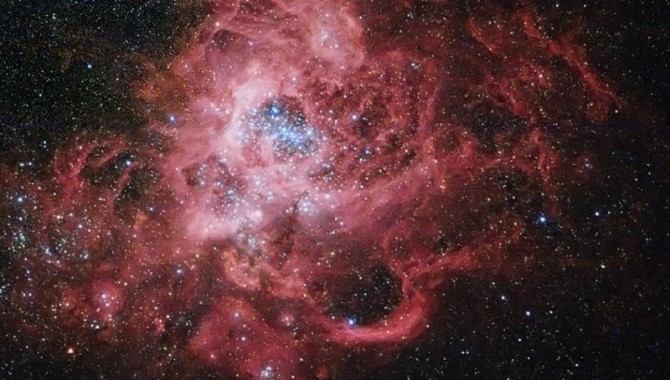
Vol. 5, Issue 12 How does knowledge work happen in an organization?

Vol. 5, Issue 12 How does knowledge work happen in an organization?
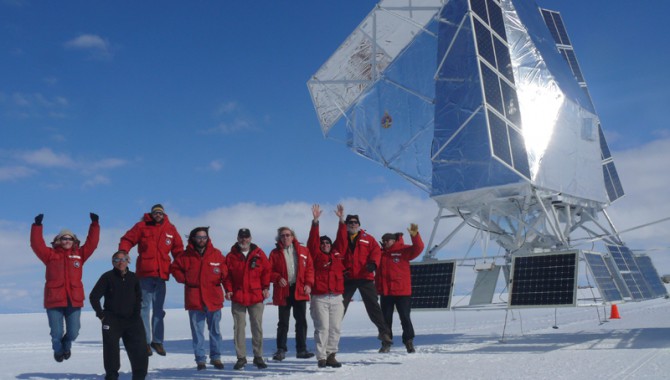
Vol. 5, Issue 12 How often do you need to wear sunglasses to do physics?
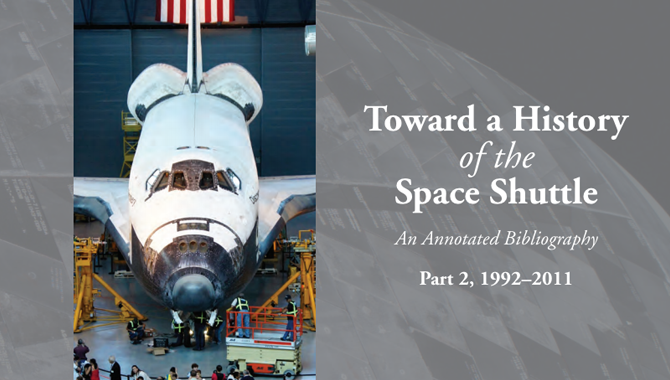
Vol. 5, Issue 12 A new NASA History Office publication offers an annotated history of the Space Shuttle Programs final 20 years.
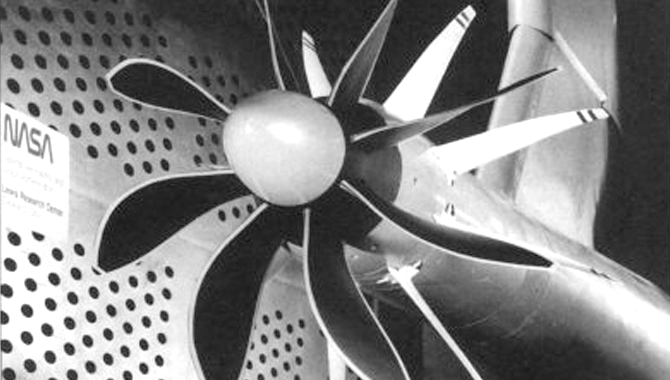
Vol. 5, Issue 12 Twenty-five years ago, an old technology project earned Lewis Research Center the Collier Trophy.
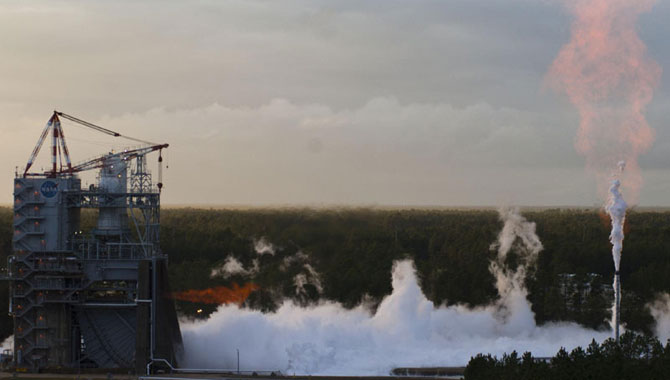
Ask the Academy Vol. 5, Issue 12 John Stealey shares his insights about knowledge management at Stennis Space Center.
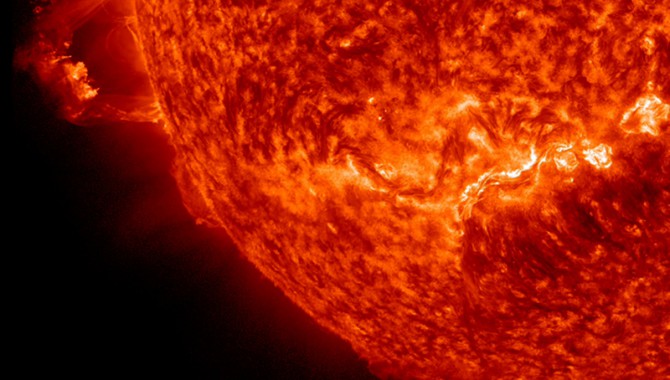
Vol. 5, Issue 11 Unlike physical elements, it is hard to guess the half-life of knowledge in advance.

Vol. 5, Issue 11 Langley Research Center’s Manjula Ambur shares her insights about knowledge management at her center.
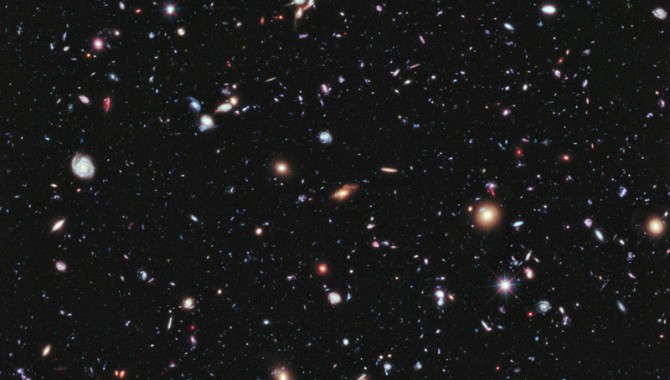
Vol. 5, Issue 11 Two of APPEL’s most popular courses are now available to NASA employees online.
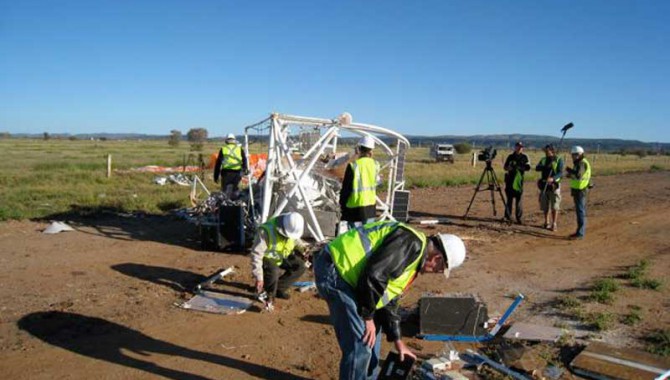
Vol. 5, Issue 11 A 2010 balloon mishap serves as a valuable case study.